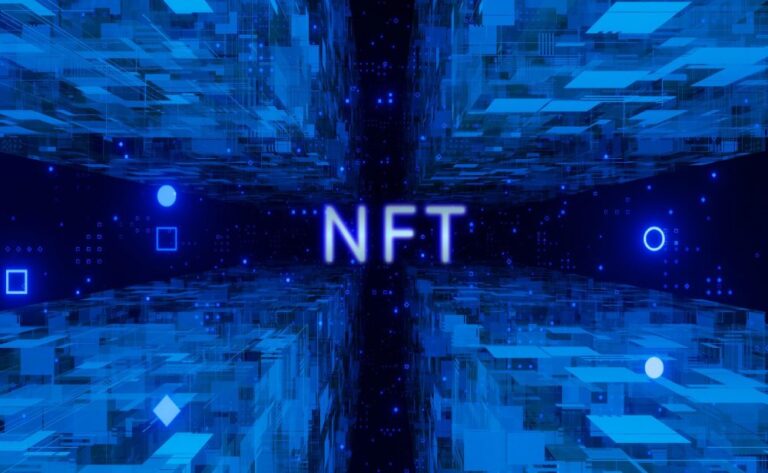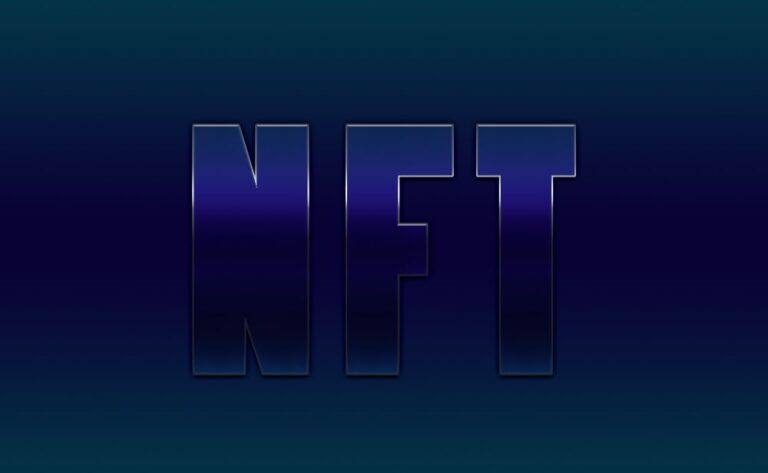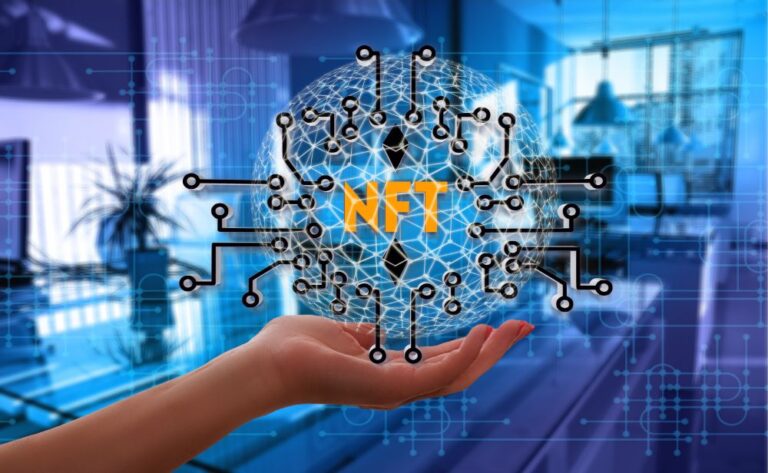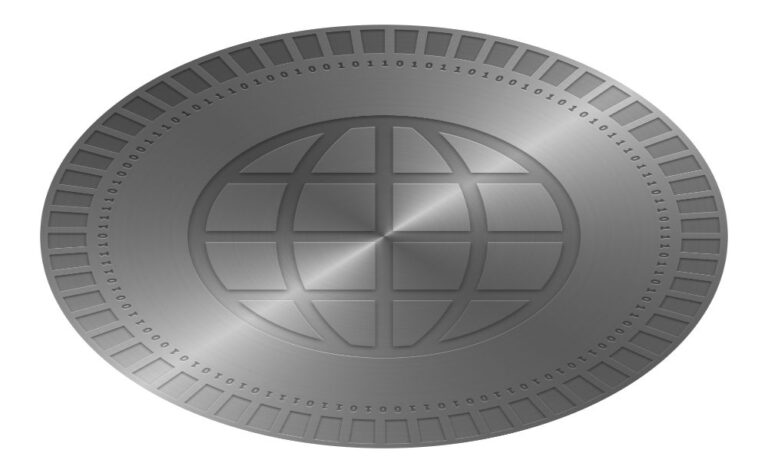
An all-inclusive NFT marketplace for the manufacturers and creators of works of art and memorabilia
MakersPlace: the Pros and the Cons
Pros
• Accepts payments made with credit cards. You can buy certain MakersPlace NFTs with cryptocurrency or with a credit card.
• Transparent fees. The creator royalty rate of 10% is comparable to that of other NFT marketplaces, and MakersPlace deducts 2.5% from the proceeds of each secondary sale. MakersMarket gets a 5% commission on sales made to primary customers.
• Minting costs are not levied on the original creators. There is a minimum list price in order to account for the fact that MakersPlace is responsible for covering the costs associated with minting a new NFT on the Ethereum network.
• Methods for determining authenticity. The NFTs that are uploaded to MakersPlace are subjected to a stringent authentication procedure, during which the team requires a minimum of three identifying documents from each author.
Cons
• The Marketplace isn’t exactly user-friendly. The platform’s search tool is clumsy, and the number of filters available is restricted.
• Restrictions placed on sales to other parties. You are only allowed to list NFTs that were coined on another platform as part of its own MakersPlace safelist, and outside collections do not accept the use of credit cards for purchases.
• If you want to become a creator, you have to submit an application. You are required to submit an application to MakersPlace in order to become a creator and to list your own NFTs. Excellent for selection, but not so good for newer creators who have less examples of their work.
In a manner similar to that of other well-known decentralized applications, MakersPlace is powered by Ethereum. It is a hybrid non-fungible token (NFT) marketplace that reimburses its producers for the cost of minting and even enables credit card purchases for certain things. However, this may be the only thing that the platform has going for it.
What we think about MakersPlace
MakersPlace is a marketplace for non-fungible token collectors and makers that is curated by creative professionals (NFTs). Users have the ability to buy, sell, and produce digital art that can be sold using blockchain technology, much like they do on other NFT markets.
It is not as well-known as other NFT marketplaces like as OpenSea, Nifty Gateway, or Crypto.com NFT, and the trading volume on MakersPlace does not come close to matching up to that of its competitors.
DappRadar, a business that acquires data and monitors the performance of decentralized applications, reports that there have been a total of 235 transactions on MakersPlace over the course of the past 30 days (dApps). One significant distinction is that OpenSea has completed approximately 5,000 transactions in the past 30 days.
In the world of curated NFT marketplaces, the need that artists submit an application in order to mint on MakersPlace’s platform is not at all unique. Although ETH is required for purchases, certain non-fungible tokens (NFTs) can be purchased using a credit card and certain non-fungible tokens can be sold through third-party marketplaces. These are both very normal features.
In general, there is nothing about the platform that stands out as particularly amazing, but there are also no huge red flags that need to be brought to anyone’s attention.
About the MakersPlace Platform
MakersPlace is one of the oldest NFT marketplaces, having been established in 2016, making it one year more senior than OpenSea. Daniel (Dannie) Chu, Ryoma Ito, and Yash Nelapati are credited with being the original founders of the platform, which has its headquarters in San Francisco.
It is stated on the MakersPlace website that the company’s aim is “to create a vibrant and sustainable future for digital creativity, and it starts with enabling digital creators all over the world.” Coinbase Ventures and Sony Music are among the prominent companies that have invested in the platform.
The blockchain technology and money of MakersPlace
Similar to other well-known decentralized applications (dApps), MakersPlace is built on the Ethereum blockchain. To pay for items, you may either make purchases using Etheruem’s asset ETH or use a credit card to pay for specific MakersPlace NFTs. It is up to the merchant to decide whether or not they will take credit card payments.
When you pay for an NFT with ether (ETH), the NFT will be sent to a wallet that can accept ether. If you pay for the NFT with a credit card, MakersPlace will place it in a priority wallet that will be generated when you first register for an account on the platform.
• A diverse selection of currencies that can be traded
• User friendly
• Incentives for first-time residents
• Protection for balances of up to $250,000 in foreign currency
• Interest may be accrued on balances
• Exorbitant prices for mobile applications
• Not including several notable currencies within the top 20
There are no debit cards that can be linked.
What different kinds of NFTs are there to choose from on MakersPlace?
The open standard ERC-721 is what is utilized by MakersPlace. If you want your ERC-20 tokens to work on the marketplace, you have to have them wrapped in an ERC-721 token first.
On MakersPlace, non-fungible tokens (NFTs) are organized into the following four broad categories: drops, collections, auctions, and popular NFTs. MakersPlace is a diverse marketplace that includes categories such as 3D art, animation, education, generative art, illustration, and photography. Other categories include these as well.
You can search for a specific creator or collection, or sort the results according on price.
How to purchase non-fungible tokens on MakersPlace
To purchase NFTs on MakersPlace, in addition to having a cryptocurrency wallet that is compatible with ETH, you need to have an account. MetaMask is highly recommended from MakersPlace. When you create an account, it also functions as a second cryptocurrency wallet, where it will hold any purchases made with a credit card.
Follow these procedures in order to purchase NFTs on MakersPlace:
1. the creation of accounts Users of MakersPlace have the option to sign up by utilizing their already established Facebook or Google credentials. Alternately, you can sign up using a different email address and password.
2. Take a look around the market. To access the market, choose the appropriate menu option on the homepage and proceed. You are able to go through the most recent drops and live auctions on this platform here.
3. Select one of the available payment methods. Some creators may accept payments made with credit cards, while others will only take ETH. To make payments using Ethereum (ETH), you will need a cryptocurrency wallet such as MetaMask.
4. Confirm that the transaction occurred. Your NFT should appear in the collectibles portion of the game not long after you have finished submitting your payment and paying the gas fees.
Before a buyer can proceed with a purchase, MakersPlace asks the seller to disclose the minimum list price that they have established for their item. The site claims that the minimum list price covers the cost of making art on the blockchain; hence, the creators on MakersPlace are exempt from paying the gas fee while minting a new NFT.
For auctions, you can adjust your results so that they are compatible with any spending limit: You can narrow down your search results by using the purchase price, the reserve price, or the current offer amounts. On the other hand, these filters might be a bit confusing to use and aren’t exactly user-friendly.
When you choose an NFT that is being auctioned off through MakersPlace, you will be given the opportunity to purchase the artwork for a predetermined price. You also have the option of making a deal or offer. Before proceeding, it displays the minimum bid amount.
When taking part in an auction, you have the need to place a bid that is 10 percent higher than the preceding offer. In addition, sellers have the ability to establish a minimum acceptable offer price for works being auctioned.
MakersPlace users who have gained a lot of popularity
Because MakersPlace is a curated market, it is necessary for creators to submit an application in order to tokenize their work on the site. This is done to ensure that the product is of a high quality, and MakersPlace covers the costs associated with its producers launching new NFTs on the marketplace.
The marketplace does not, however, include high-profile ETH collections like as CryptoPunks, World of Women, or Doodles.
Some examples of certified makers and collections that may be found on MakersPlace are as follows:
• Yacht Club of the Bored Ape
• Bruno Cerboni
• Faith47
• Ghostshrimp
• Yacht Club of the Mutant Apes
How to make a profit off of NFTs on MakersPlace
The listing of non-fungible tokens (NFTs) on MakersPlace is mandatory for vendors. Additionally, sellers have the option to take payments made through credit card in US dollars.
Here is how to list your NFT at a predetermined and consistent price:
1. Connect your digital wallet to your MakersPlace account by logging into your account there. Navigate to the Manage Store area that may be located in the top of the MakersPlace website. Click the Set Price button, then type the price you want to charge for your NFT into the box that appears.
2. While you wait for offers, if and when you do receive an offer for your NFT, make sure to take it. There is always the possibility that other participants in the market will offer a price that is lower than the fixed price that you decide on. It is up to you to decide whether or not to accept offers of payment for your work.
A guide to making money on MakersPlace
You are need to finish a creator application before you can mint your own NFTs. If the platform chooses to work with you, your original non-fungible token sales will earn you a royalty of 10% for each transaction, and MakersPlace will cover the cost of tokenization.
You can submit a request to be added to MakersPlace’s creator safelist on their website at MakersPlace.com/creators, which is also where you can get additional information about MakersPlace’s creators. After selecting the Request an Invite option, you will be taken to the application itself.
After you have been accepted as a creator, you will need to mint your NFTs by uploading digital files with a good resolution. After being uploaded, digital creations are placed in a safe area for storage. After the purchase, you and other collectors will be the only ones who can access them.
MakersPlace NFT drops
Every single second, brand-new NFTs are generated by the system. You have the option on MakersPlace to be updated on the most recent works published by the creators whose work you admire the most. Keeping abreast with the most recent NFT drops made available on the site is an excellent method to ensure that one’s portfolio remains current and appealing.
Choose Drops from the menu on the site to see the most recent drops; alternatively, you can view live and upcoming drops on the homepage as well.
Is it safe to use MakersPlace?
MakersPlace is a genuine decentralized trading platform that takes great delight in aiding content creators. In addition to this, they perform a “multistep process to assure its validity” on both their collections as a whole and on individual NFTs. The team validates the smart contract as well as the identity of the creators and requires them to produce three forms of identification.
Because MakersPlace, like with the vast majority of other NFT marketplaces, does not have a refund policy, all sales made there are final.
Even while there is no evidence to suggest that MakersPlace has been subject to a sitewide hack, this does not mean that it is an impenetrable marketplace. In spite of the authenticity tests, there is always the possibility of obtaining a fake NFT, falling prey to a rug pull NFT project or falling victim to one of the many other types of scams.
Read our article on how to avoid being taken in by typical scams involving non-fungible tokens (NFTs) for more information on how to safeguard both your money and your cryptocurrency holdings.
Bottom line
The MakersPlace collections and creator-minted NFTs are subjected to authenticity testing before being sold. Because it is a curated marketplace, mint requires its authors to submit an application. It also ensures that its creators are compensated for the costs of minting the coin by setting a minimum price at which it can be sold, which is a reasonable compromise.
It is a good feature to be able to buy NFTs with a credit card, but this option is only accessible for MakersPlace NFTs and not for NFTs sold by third parties.
The fact that it has a low trade volume and a restricted number of NFT collections available, on the other hand, reveals that it is not much of a competitor to other massive NFT markets such as Nifty Gateway and OpenSea.





